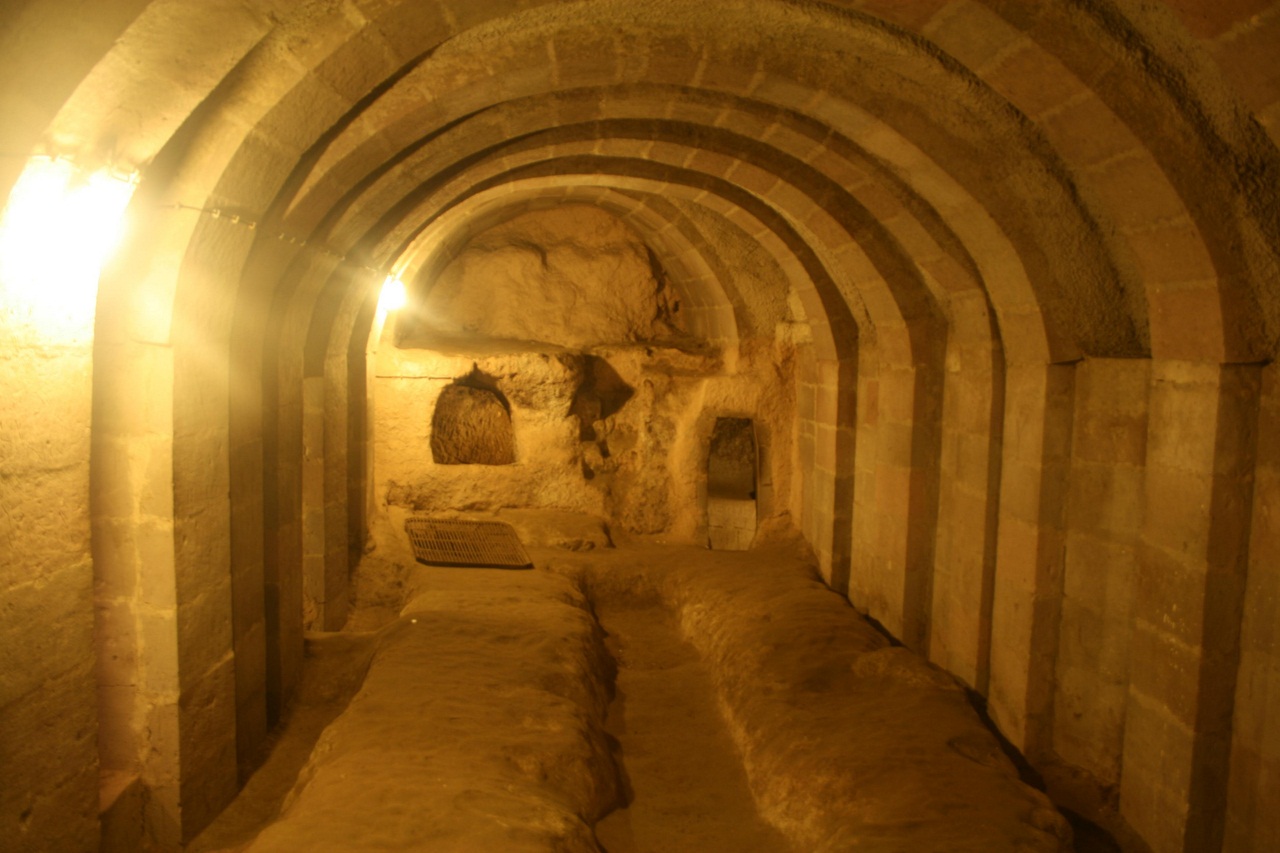Like the world’s modern inhabitants, ancient humans tended to gather into large groups. They built cities to live and work in, much like we do today. But when those cities perished, so did their citizens, taking with them almost every trace of their culture and lifestyle. Who knows what once-great civilization existed just below our modern metropolises? We may be standing on the shoulders of giants—and, if some legends are believed, that phrase might be shockingly literal. Here are 7 facts about mysterious ancient cities.
Know-How
Archaeologists haven’t figured out just how the ancient Pohnpeians built Nan Madol, a massive stone city linked by canals and spread over nearly a hundred tiny islets in Micronesia. Modern Pohnpeians have one solution, however. According to legend, Nan Madol was built by two wizards, who came over the sea in a canoe and built the city with the help of a giant dragon.
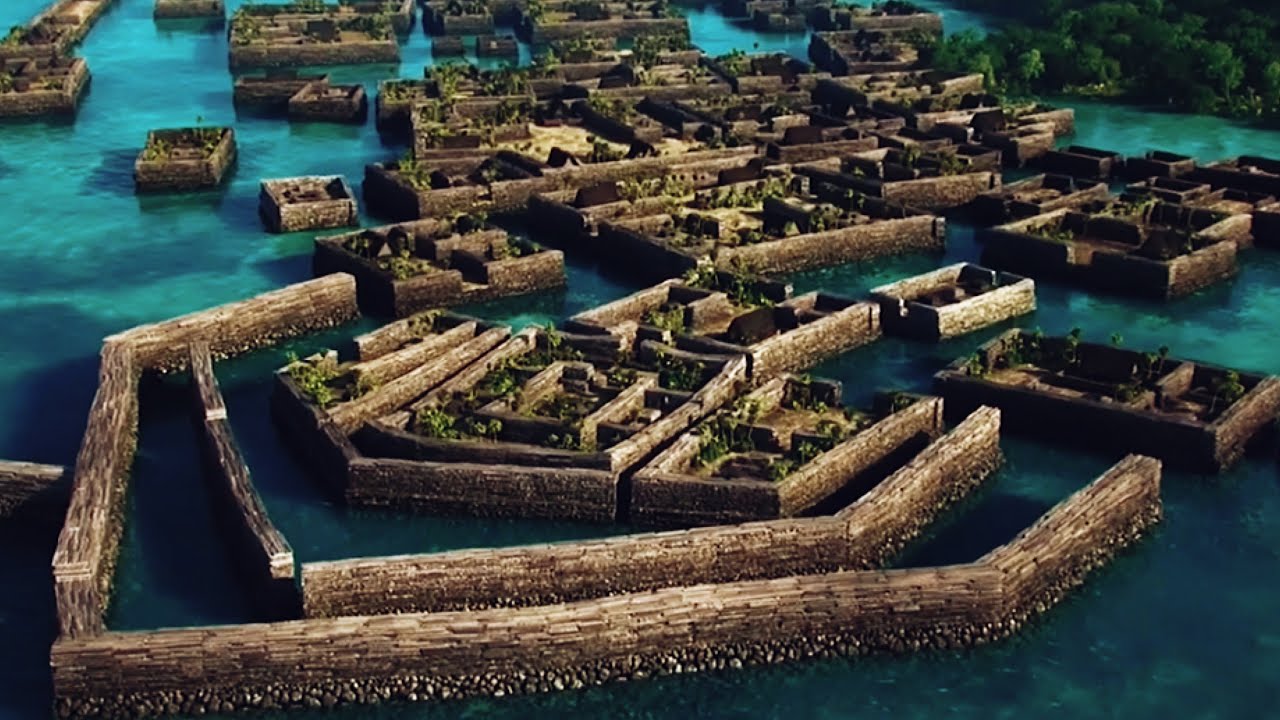
The Bunker
The subterranean French city of Naours was built to provide refuge from invasion and enemy attack. The city’s 300 rooms, connected by 200 miles of tunnels, provided ample hiding space for besieged medieval villagers. The city lay forgotten for hundreds of years before reprising its military role during the First World War, when Allied soldiers recovered there following the Battle of the Somme.
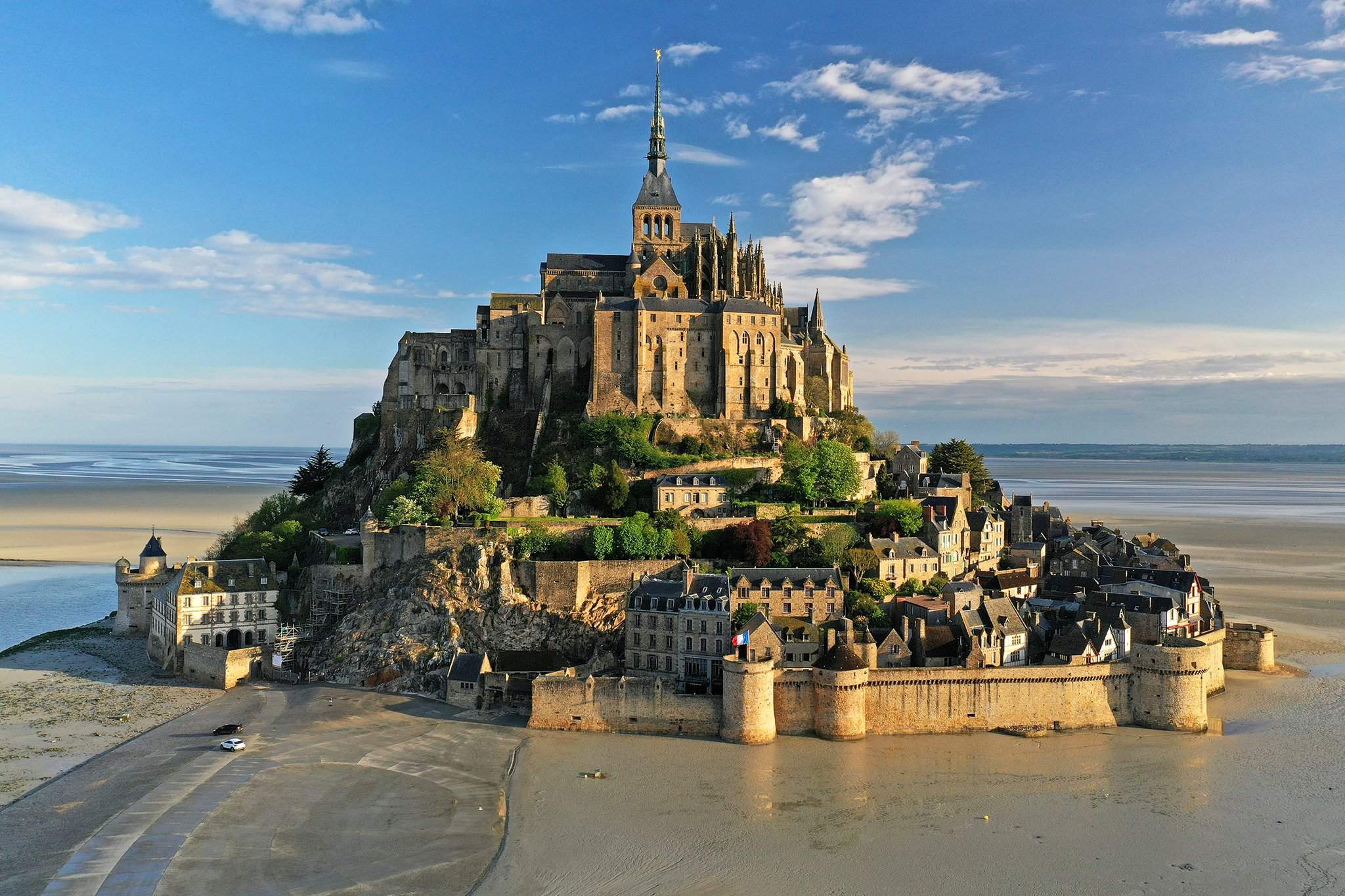
Unbelievable
News of Kinkaid’s discovery disappeared as suddenly as it was announced, and most modern scholars consider it a hoax. Among Kinkaid’s more dubious discoveries at the Grand Canyon site were tablets bearing hieroglyphics and tombs filled with Egyptian-style mummies.
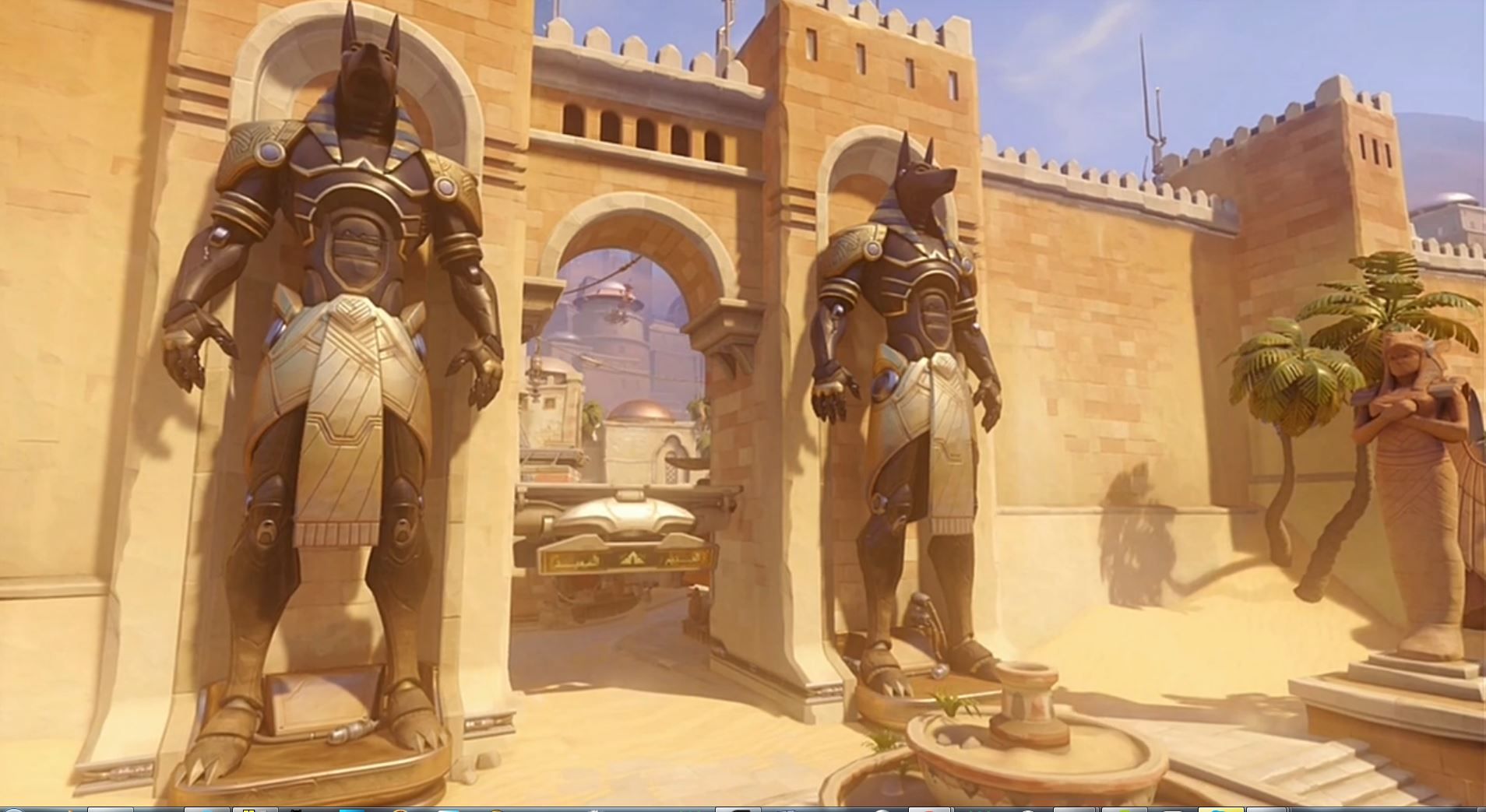
Going Underground
Not far from Ҫatalhöyuk lies the underground city of Derinkuyu, whose citizens seem to be the antithesis of those in Ҫatalhöyuk. Where Ҫatalhöyuk’s citizens never set foot on the ground, the citizens of Derinkuyu need never rise above it—Derinkuyu operated eight levels below the surface, with shops, houses, and even stables and wineries.
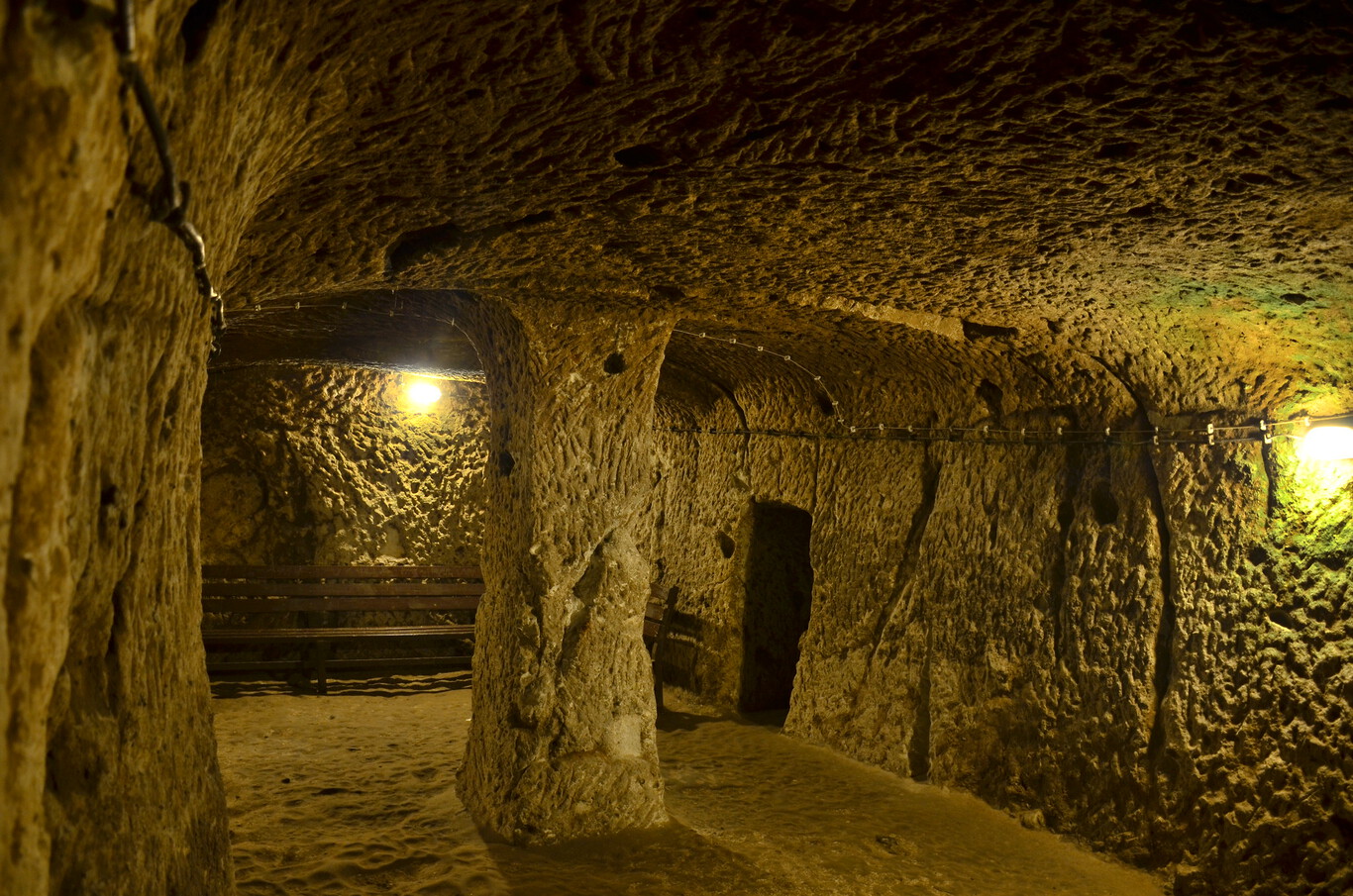
An A-Maze-Ing Tale
Egypt, it shouldn’t surprise you, is home to all sorts of mysterious ancient sites, but perhaps the most intriguing is the labyrinth which unwinds beneath Hawara. Modern scholars have yet to find the ancient maze but mentions of the Labyrinth of Egypt appear in the writings of Pliny, Herodotus, and Diodorus.
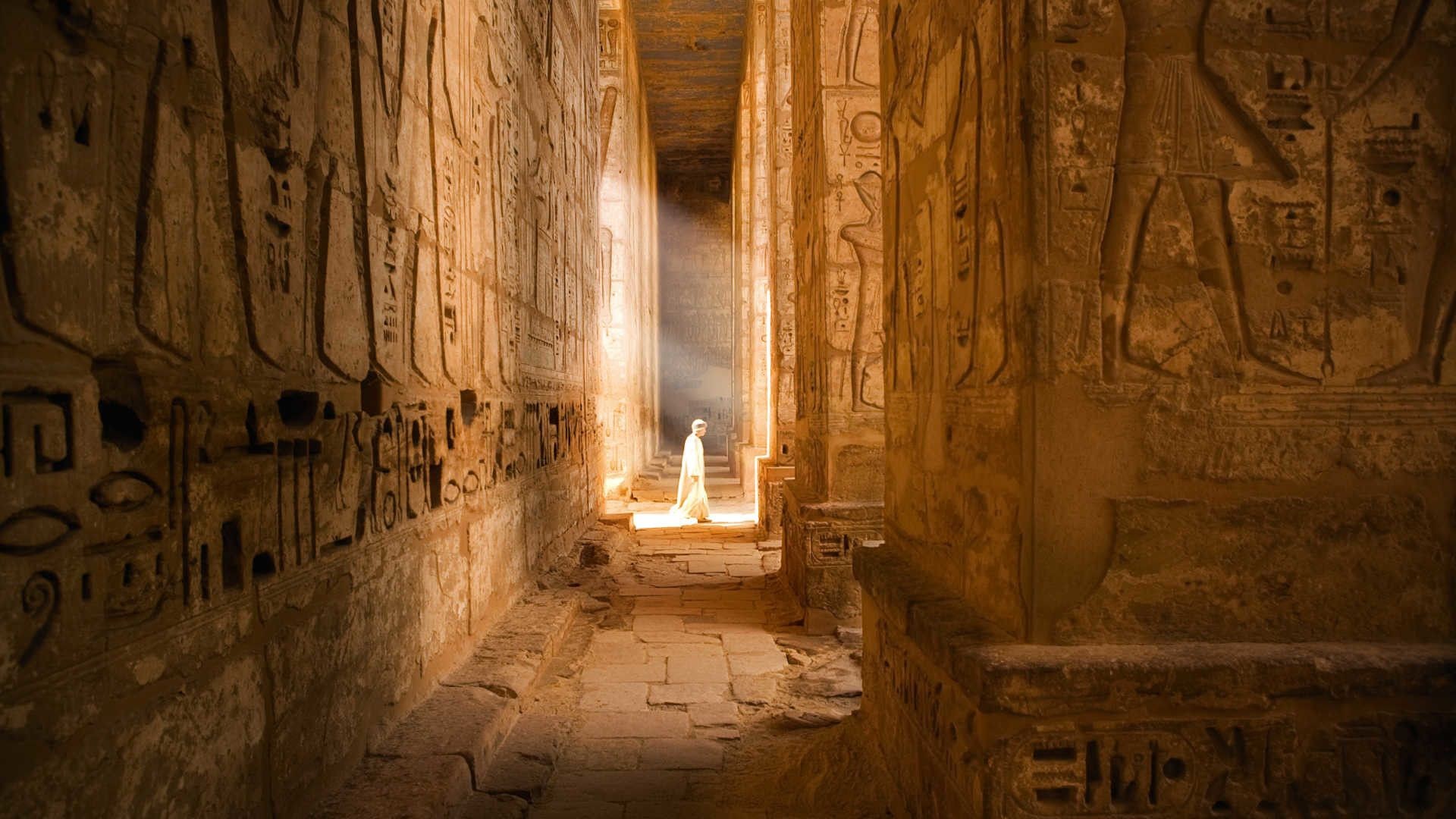
Traded
Derinkuyu was initially built by the Phrygians, but was expanded by Cappadocian Greeks who used the city to evade attacks by invading Mongol and Arab armies. The citizens of Derinkuyu continued to use the site in times of crisis all the way into ‘20s, when they were expelled as part of the Greek-Turkish population exchange.
